Exploring the Political Landscape and Economic Transformations under Rao’s Leadership
In a move that sparked both political debate and historical reflection, former Prime Minister P.V. Narasimha Rao was posthumously honored with the prestigious Bharat Ratna, India’s highest civilian honor. The decision, announced amid a backdrop of contrasting narratives and contentious historical events, has reignited discussions surrounding Rao’s legacy and his intricate relationship with the Indian political landscape.
Rao, India’s first non-Gandhi Prime Minister to serve a full term, is remembered for his significant contributions to economic and foreign policy reforms from 1991 to 1996. However, his legacy remains clouded by controversies, particularly his involvement in the demolition of the Babri Masjid in 1992, an event that continues to evoke strong emotions and political divisions.
The award of the Bharat Ratna for Rao highlights the diverse sets of his achievements and the varied viewpoints towards his leadership. Although some people praise his visionary economic reforms and tactical measures, others see his term through the prism of Babri Masjid demolition. This strong controversy is reflected in the social and political crisis of India during this period.
However, despite his achievements Rao had internal resistance within the Congress party as some sections questioned his leadership and decision-making ability. This internal discord also mirrors larger anxieties within the Indian political discourse and demonstrates the intricacy of governing in a pluralistic and ever-changing democracy.
Despite his accomplishments, Rao faced internal opposition within his party, the Congress, with some factions questioning his leadership and decision-making. This internal discord reflects broader tensions within the Indian political landscape and underscores the complexities of governance in a diverse and dynamic democracy.
The decision to confer Rao the Bharat Ratna indexes a deeper theme of relating national figures across political divides with the current regime under Prime Minister Narendra Modi working to narrow ideological gaps in celebrating remarkable individuals. On the other hand, it also signifies that the disputes and controversies relating to Rao remain unanswered leading to different interpretations about his leadership and its significance in history.
As India struggles with the complexities of its political history and deals with the difficulties of bringing divergent narratives into harmony, the bestowing of the Bharat Ratna to P.V. Narasimha Rao becomes a stimulus to closer reflection and analysis of the nation’s past. It opens discussions on leadership, governance, and the enduring legacies of the individuals who have guided India’s progress into development.
P.V. Narasimha Rao’s Journey
June 28, 1921: P.V. Narasimha Rao is born in the village of Laknepally in present-day Telangana, India.
1940s: Narasimha Rao becomes involved in politics during the Indian independence movement and joins the Indian National Congress party.
1957: Narasimha Rao is elected to the Andhra Pradesh Legislative Assembly for the first time.
1962: He is appointed to the Andhra Pradesh cabinet as the Law Minister.
1971: Narasimha Rao serves as the Chief Minister of Andhra Pradesh for a brief period.
1972-1973: He serves as the Minister of External Affairs under Prime Minister Indira Gandhi.
1980s: Narasimha Rao serves in various ministerial positions in the Indian government, including Minister of Education and Minister of Defense.
1991: Following the assassination of Prime Minister Rajiv Gandhi, Narasimha Rao is appointed as the ninth Prime Minister of India on June 21, 1991.
1991-1996: As Prime Minister, Narasimha Rao introduces major economic reforms, liberalizing India’s economy and dismantling the License Raj. His government also initiated significant changes in foreign policy, including the Look East policy aimed at strengthening ties with Southeast Asia.
1992: The demolition of the Babri Masjid in Ayodhya occurs during Narasimha Rao’s tenure, leading to widespread communal riots across India. Despite criticism for handling the situation, Rao’s government is credited with maintaining stability in the aftermath of the incident.
1996: Narasimha Rao’s Congress party loses the general elections, and he steps down as Prime Minister. His tenure as Prime Minister ended on May 16, 1996.
2004: P.V. Narasimha Rao passed away on December 23, 2004, in New Delhi, India, at the age of 83.
2024: Despite controversies surrounding his tenure, including criticism for his handling of the Babri Masjid demolition, Narasimha Rao is posthumously awarded the Bharat Ratna, India’s highest civilian honor, in 2024. His legacy continues to be debated, with some recognizing his contributions to economic reform and others scrutinizing his handling of communal tensions during his time as Prime Minister.

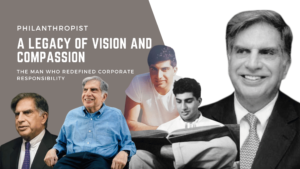



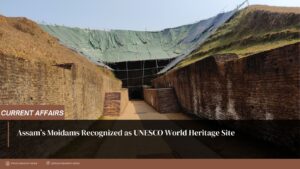

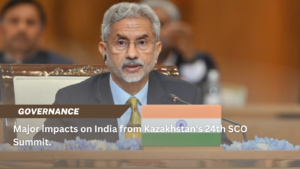
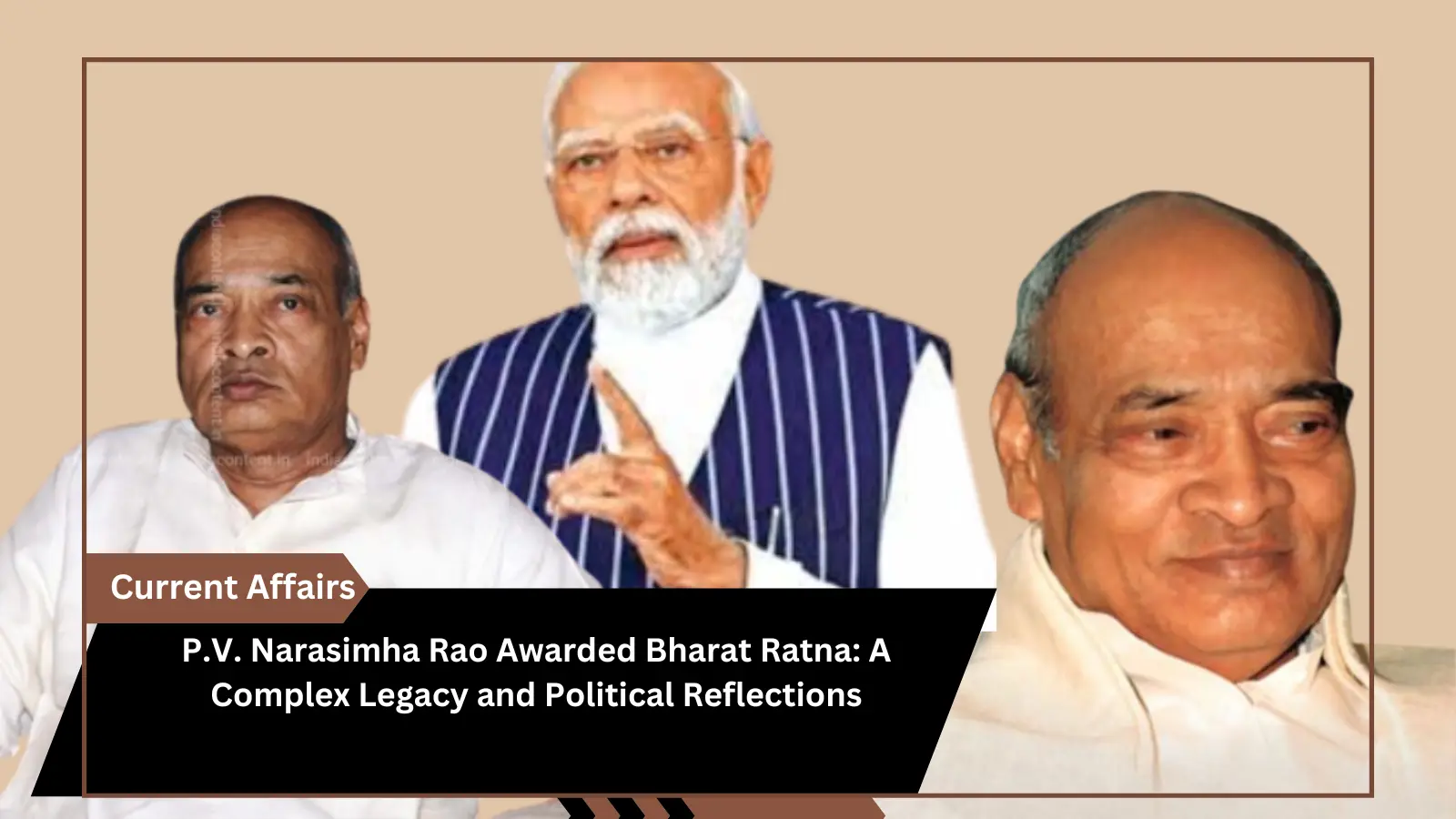

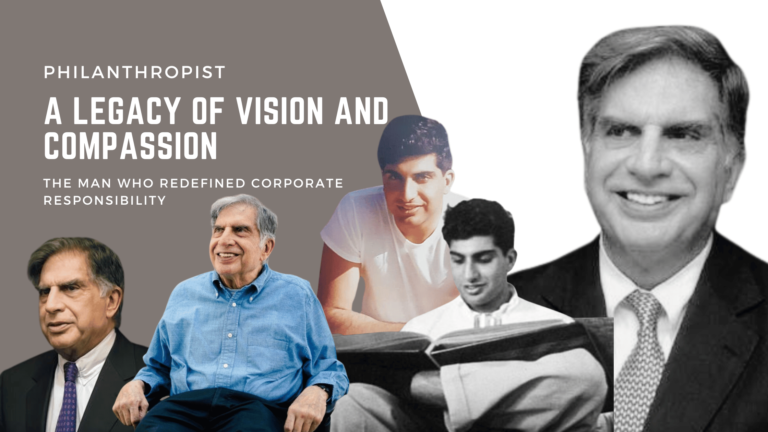





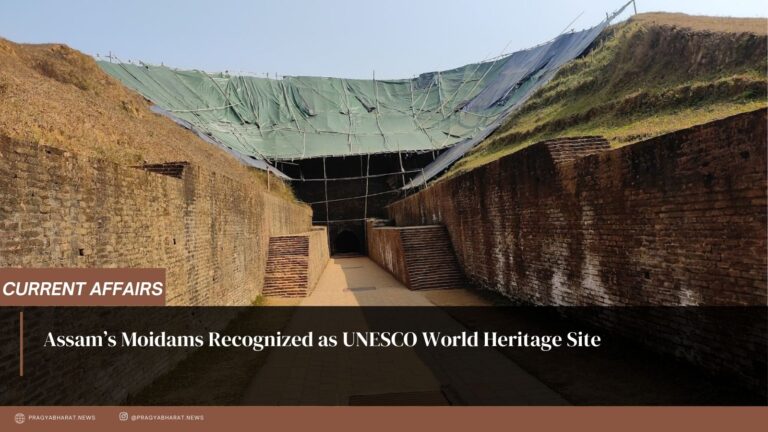
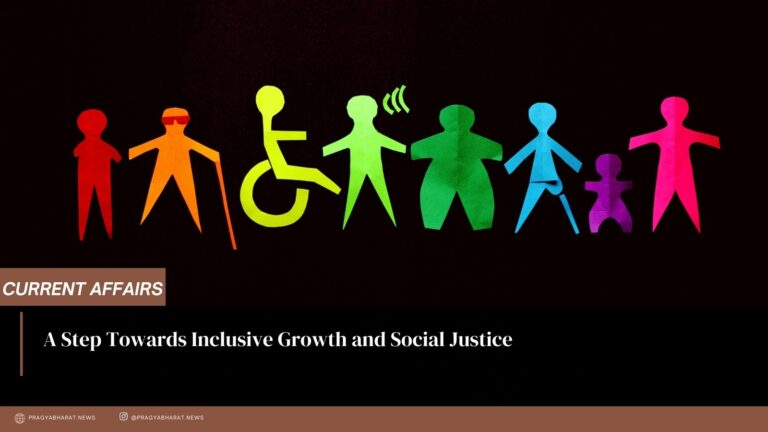
+ There are no comments
Add yours